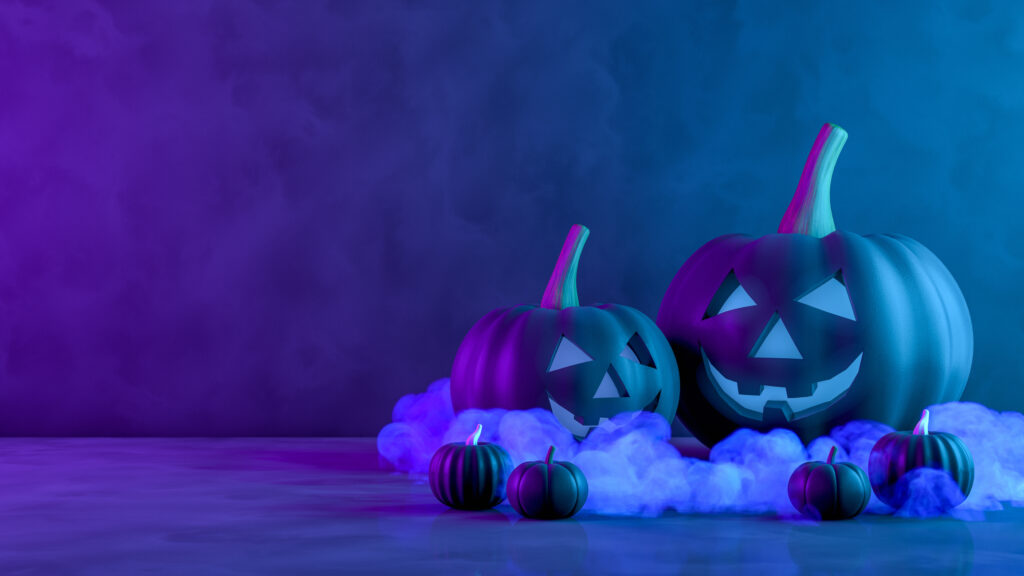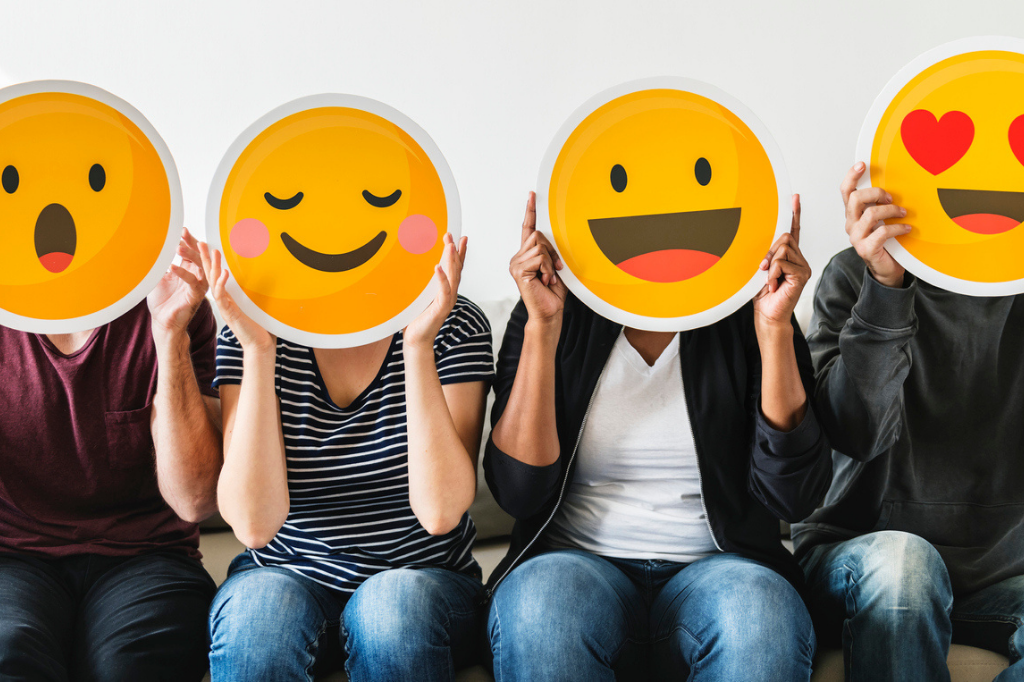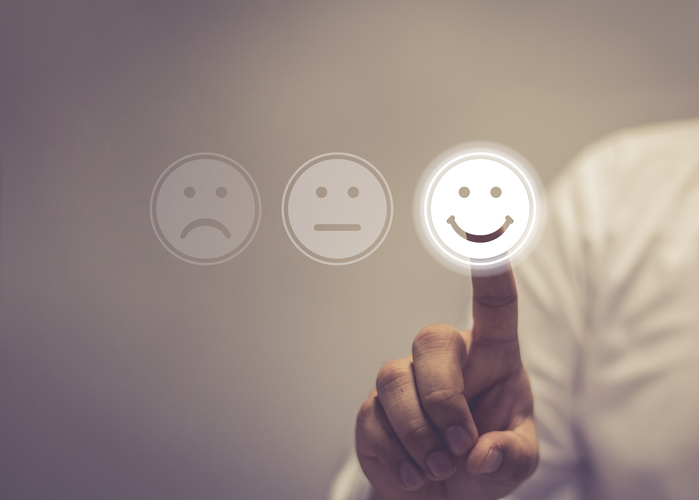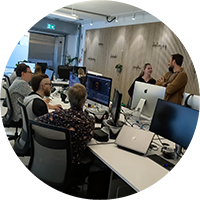B2C business are all about giving their site visitors a great UX (user experience). Why? Because it is generally believed that customers are fickle creatures with short attention spans who need every website experience to be as easy and fun as possible, or they’ll bounce. Let’s face it, there are so many other distractions and options available at your fingertips that you do need to have a great website design to keep your users on your site and interested in what you have to offer.
So, what changes when you move to B2B?
Well, the number of B2B businesses offering great website design drops dramatically from their B2C counterparts, especially when you move away from the technology and marketing spaces. While forward-thinking tech companies and marketing agencies love great design and an easy-to-use interface, other industries certainly leave something to be desired.
Those industries are making a big mistake. Let’s take a look at why.
The Difference Between B2B Customers and B2C Customers
What’s the difference between B2C customers (those people out there walking down the street) and B2B customers (your customers)? The language you use to communicate with them. B2C customers are looking to have fun and/or their emotional needs met, while B2B customers are looking to solve solutions.
Here’s the thing; these two people are one and the same. They are both consumers, they both have needs, and they both make emotional decisions. Yes, you can argue that your customers have predefined budgets they have to stick to and real problems to solve, but at the end of the day they are a human with a need that needs to be fulfilled, and they are a person who likes to be entertained. If you were shown two websites for two businesses that offered you the same solution, but one had a website that was dry and looked like it hadn’t been updated since 2004, while the other was bright, modern, and easy to use, you’d purchase from the second one. Great UX sells products and creates brand loyalty.
A Great UX Raises Conversion Rates
Website design isn’t simply aesthetically pleasing, it’s also incredibly functional. Website design draws your visitors’ attention to key points in your copy and directs the eye to the calls-to-action (CTAs) you have on your site, which means you’re more likely to convert if the CTAs make sense for what they’re looking for. Furthermore, great design and UX inspires trust in users, which is especially important if your business asks customers to buy online without first speaking to a human being.
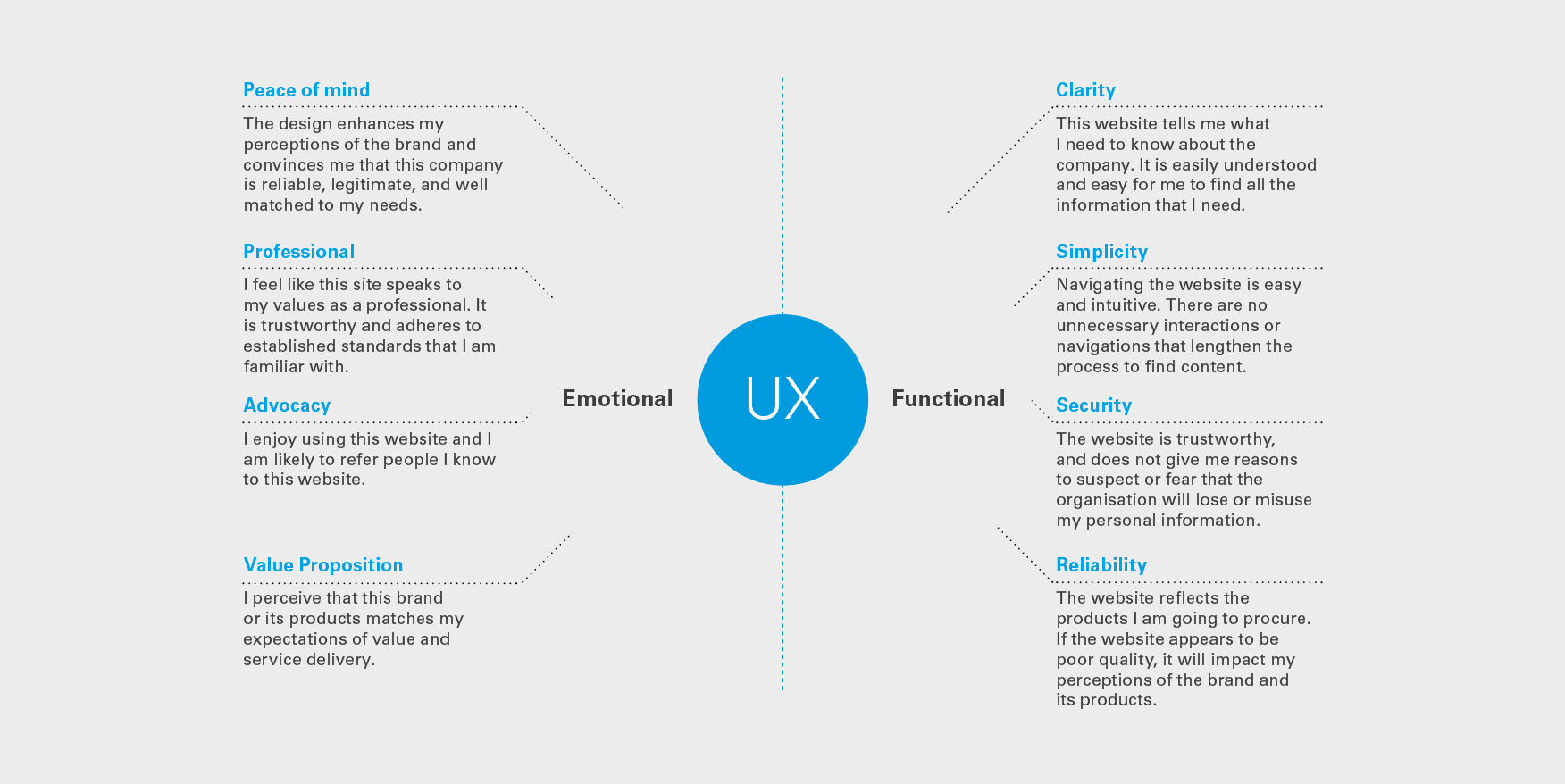
Responsiveness: Half Full or Half Empty?
Nowadays, web design doesn’t just have to look good on your desktop, it needs to look good on tablets and smartphones, too. If you think all your customers are only looking for your solution when they’re at their desks, you’re wrong. B2B customers are searching on the go just as much as B2C customers – they too are pondering their work-related problems while out to lunch, on their way to a meeting, or on the train travelling home. Your design needs to work well on these devices to get the sales and enquiries you’re looking for.
You Need to Guide the User Journey
When you prioritise UX on your site, you have a chance to create segmented journeys. A segmented journey is when you predict your users’ behaviour and plan their journey, so it flows seamlessly through your site from where they start to what they’re looking for. Generally, you’ll have two types of visitor to your site; those who want to browse and those who know exactly what they want.
You can use website design to craft a UX that will work seamlessly for every visitor. The easiest way to think of this is to imagine two people walking into a shopping centre. One just wants to go into Waterstones to pick up a book they ordered to the store online, while the other wants to buy an outfit for a party but isn’t sure yet where they’ll find it. The shopping centre helps the first person by making the centre easy to navigate and provides clear signage so they can beeline to the bookstore.
They also cater to the browser with maps placed strategically, plenty of signage, window displays, and staff that are happy to help them find what they’re looking for. Both people are catered for without the need for two entirely separate maps. Your site needs to offer different paths on the same map of your site.
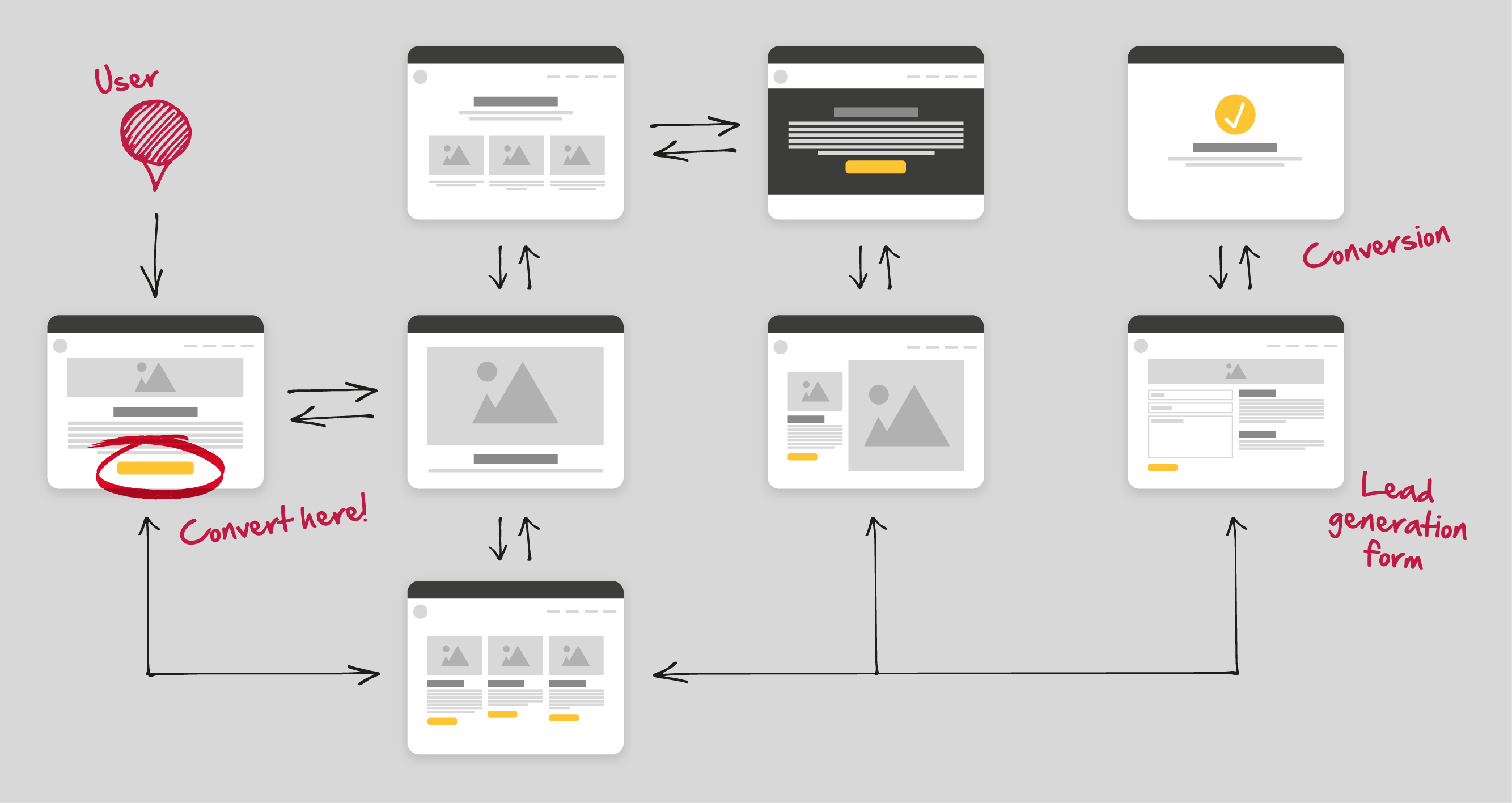
These are just a few of the ways we recommend our clients optimise their sites to help their customers and, importantly, connect with them. Do you want your site to be memorable because it was so easy to use (as they will also believe your product or service to be) or forgettable? (Or, worse, so unfriendly that they just leave the site altogether?)
B2B sites need to be set up in a way that makes the steps your users need to go through to convert, whether that be make a purchase or simply sign up for more information, as straightforward as possible.
If you need help streamlining your UX and customer journey, you can see our services page for more information, reach out to us directly with your questions by clicking here, or view one of our case studies to see how it’s done.



